The country is exploding.
In contrast to much of Europe, Poland is going through a period of great development. Foreign investment is important. The country's strong commitment to improving infrastructure has enjoyed European Community funding for public works, making excellent use of it. As part of this expansion, the creation of an extraordinary number of museums and art centers was also initiated.
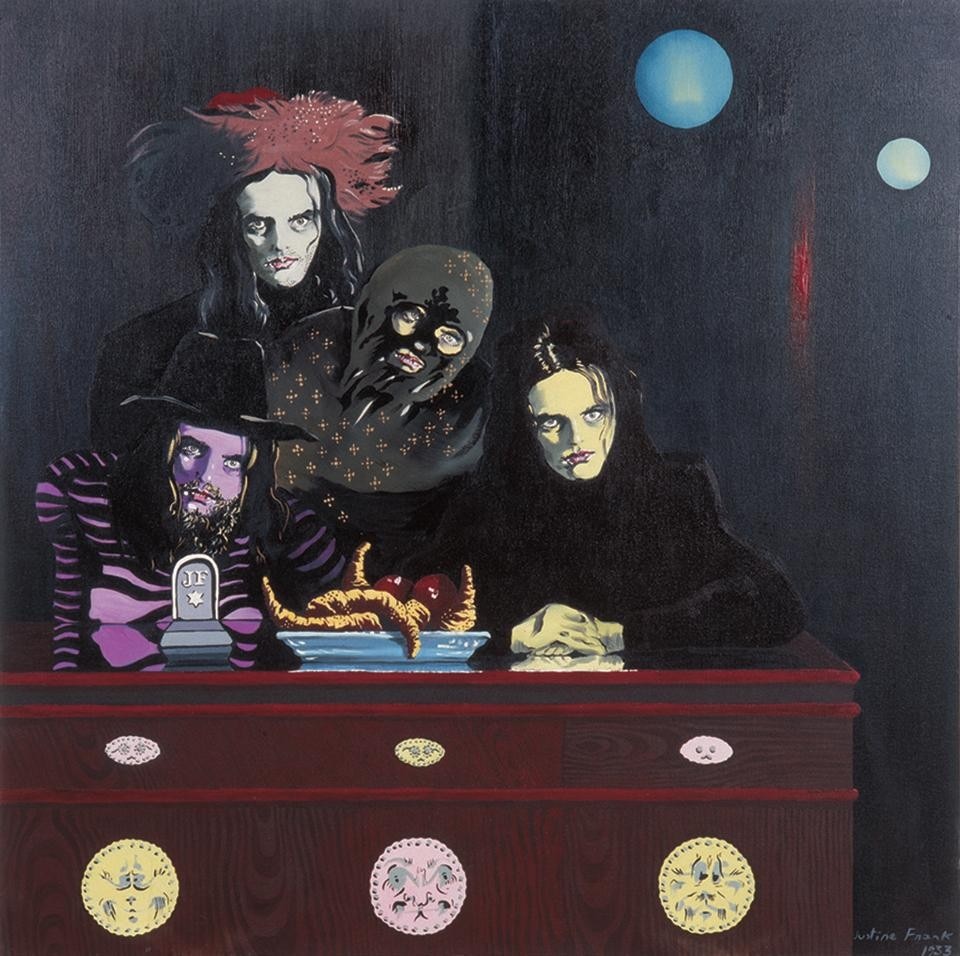
Among the museums that are already active, the Museum of Modern Art in Warsaw is a special case. Awaiting a permanent location in the heart of the city, its dynamic director, Joanna Mytkowska, has activated an important program in its temporary headquarters located in a modernist building that once housed a furniture store. The Museum of Modern Art is now an international reference point in Poland. The design for the new building by Swiss architect Christian Kerez initially sparked controversy due to its inconspicuous architectural character and to the fact that it did not conform to today's prevailing museum marketing dictates. But, having overcome the obstacles, the building is about to be started and will hopefully open in 2016. The museum will have an area of 35,000 square meters, part of which will be used for a collection that was initiated in recent years with the acquisition of works by artists like Magdalena Abakanowicz, Artur Zmijewski, Katarzyna Kozyra, Marek Sobzyk and Andrzej Wroblewski, Zbigniew Libera whose name will be borne on the archive dedicated to alternative Polish production from the 1980s.
1.jpg.foto.rmedium.jpg)
Meanwhile, again in Warsaw, the activities of the Zacheta National Gallery continue with high-level exhibitions. The gallery, with its historical collection and as head of the Polish pavilion at the Venice Biennale, has always played a central role in supporting contemporary art.
Until recently, Warsaw was almost the exclusive reference for contemporary art. But today, an insightful and ambitious cultural policy is establishing a true system of art centers and museums across the entire nation.
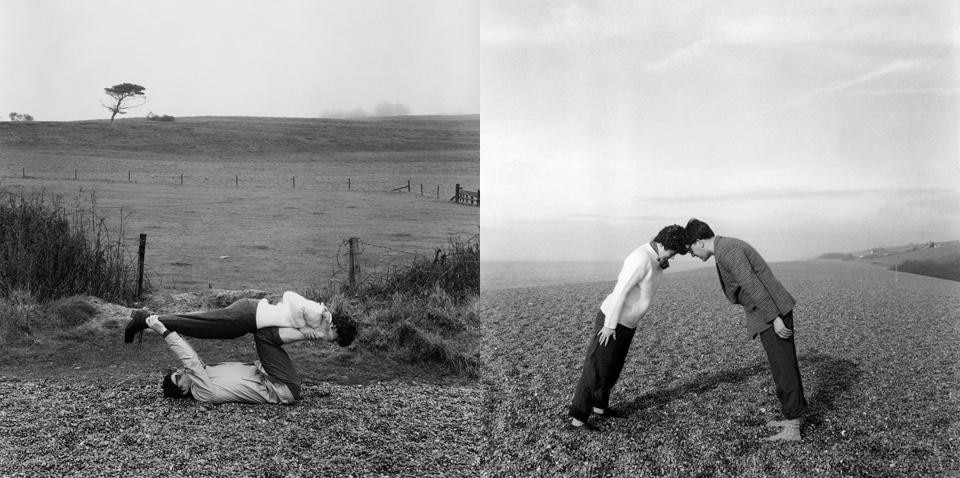
Until recently, Warsaw was almost the exclusive reference for contemporary art. But today, an insightful and ambitious cultural policy is establishing a true system of art centers and museums across the entire nation.
First of all, Krakow, the traditionalist and conservative bustling capital city, is being transformed into vibrant cultural hub, a destination for young people from all over the country. The presence of the university contributes to the positive and dynamic atmosphere that has been animating the city in recent years.
For some time, the city has been home to various festivals the most important of which is Photomonth. Conceived and organized by a group of people born in the 1980s, Photomonth has received new impetus in recent editions and is internationally recognized today for its high quality. This year's edition, entitled Alias, was highly experimental.
![Miroslaw Balka, FRAGMENT. <i>Winterreise / The Pond</i> 2003, MB + Gladstone Gallery, New York [left]. <i>Winterreise Bambi,</i> 2003, © MB + Gladstone Gallery, New York [right]. Miroslaw Balka, FRAGMENT. <i>Winterreise / The Pond</i> 2003, MB + Gladstone Gallery, New York [left]. <i>Winterreise Bambi,</i> 2003, © MB + Gladstone Gallery, New York [right].](/content/dam/domusweb/en/art/2011/08/01/journey-through-new-polish-art/big_355053_8231_04_Winterreise_DSC52021.jpg.foto.rmedium.jpg)
This year, the inauguration of Photomonth coincided with an extraordinary event, the inauguration of the new museum of contemporary art, MOCAK.
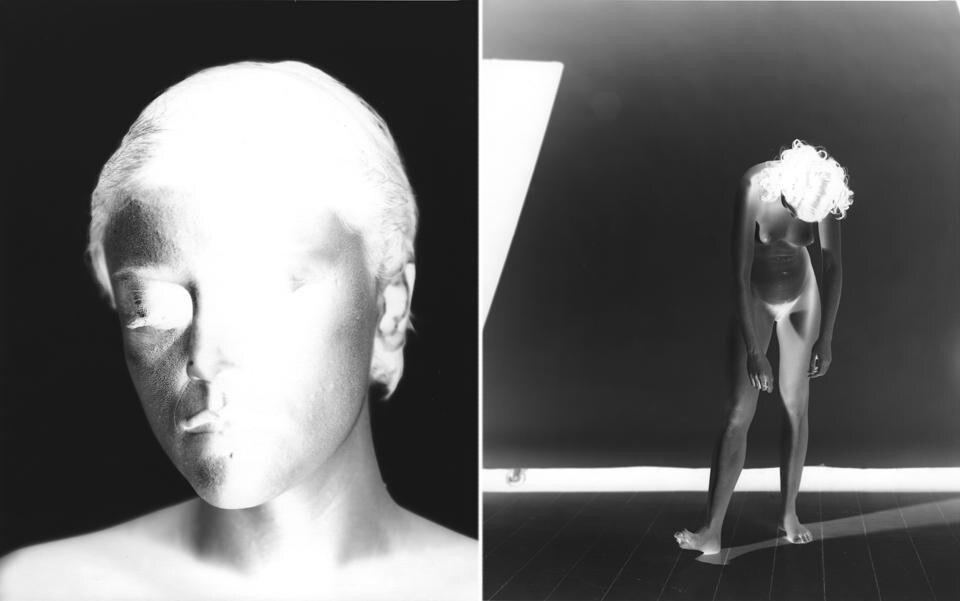
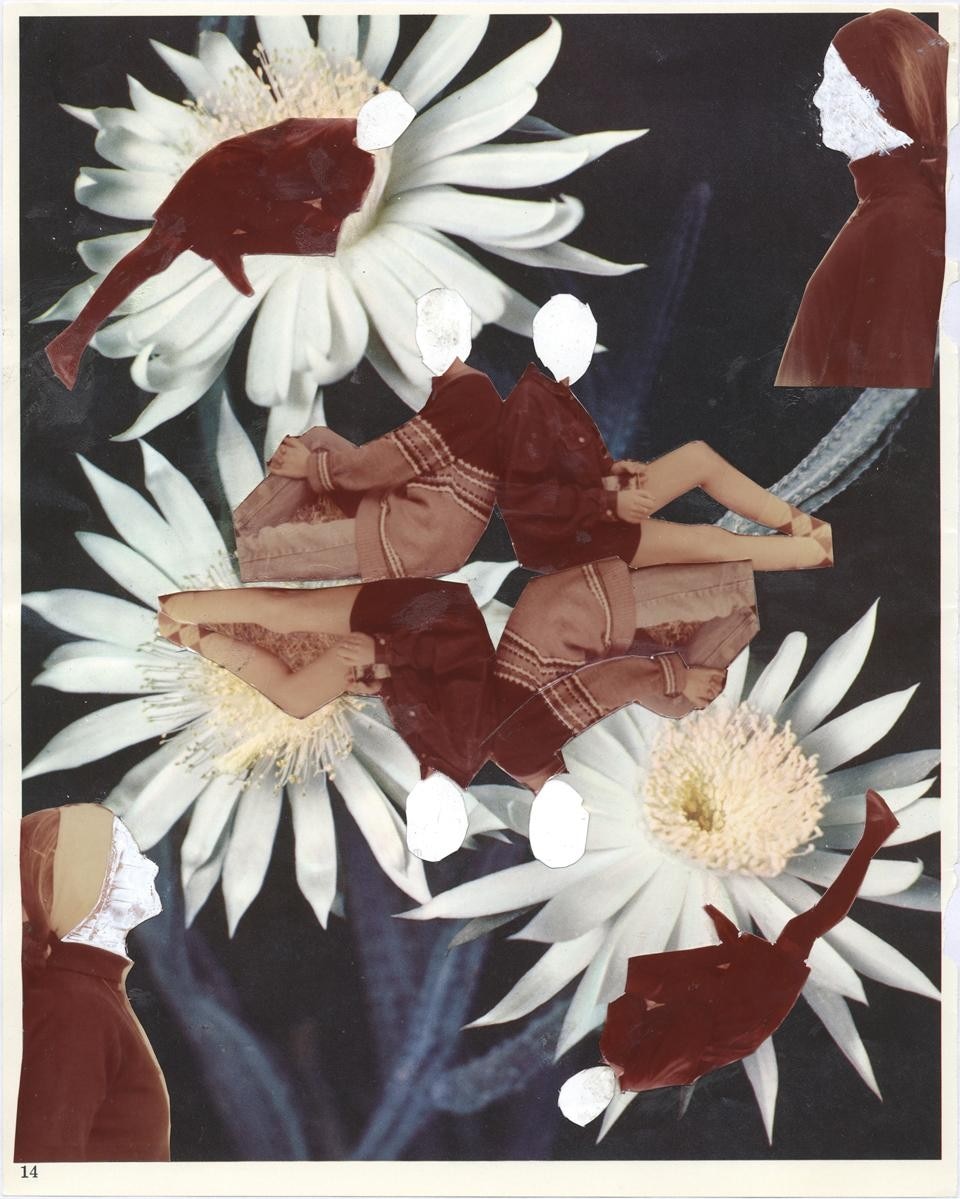
The exhibition shows sensitivity to the collective past and a strong sense of moral responsibility. It articulates well to what extent artists are trying to penetrate historical mechanisms. Inevitably, among the other themes, the Shoah emerges. MOCAK also exhibits part of the collections that the director is planning to expand in coming years. The program for the future of the museum includes a series of exhibitions with a strong educational bent; one of the first will be devoted to the relationship between art and sports. Details have not yet been disclosed concerning the rest of the museum's program.
Meanwhile, in the face of the officialdom of this institution, numerous other institutions flower in Krakow. They range from small but very interesting galleries to alternative initiatives such as exhibitions organized in apartments and more experimental concerts held in outdoor bars in less central areas to other festivals where neophytes and emerging artists can find space. One examples is the festival of public art Artboom, already in its third edition. In a city overrun by tourism, Artboom takes on a double meaning. On the one hand it is like a friendly wink, and on the other it is an attempt at "urban re-appropriation."
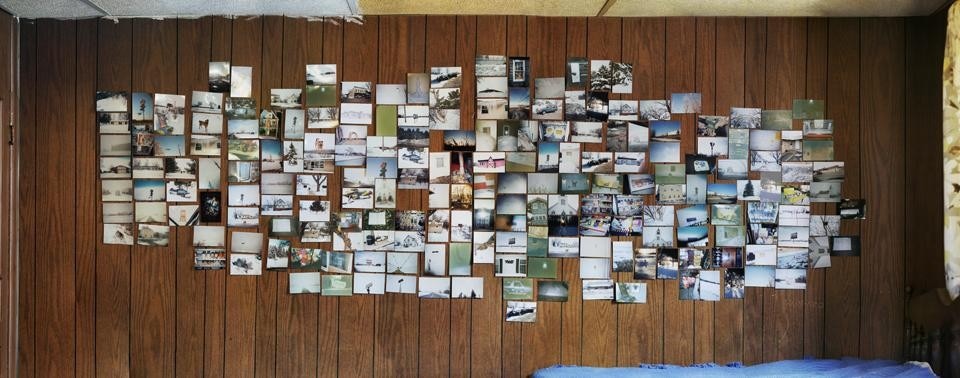
Even in Lodz which, in this sense, has an important history with the Muzeum Sztuki and its director, Ryszard Stanislawski, a new Museum of Art opened with great fanfare. And the city of Wroclaw is preparing to build a museum of modern art.
In short, while the six-month Polish presidency of the Council of the European Union has just begun, the country is full of hope. And we hope that the Polish wind is contagious.
Gabi Scardi

3.jpg.foto.rmedium.jpg)